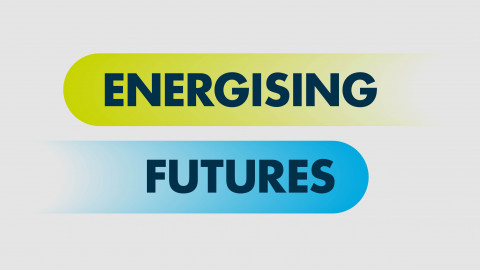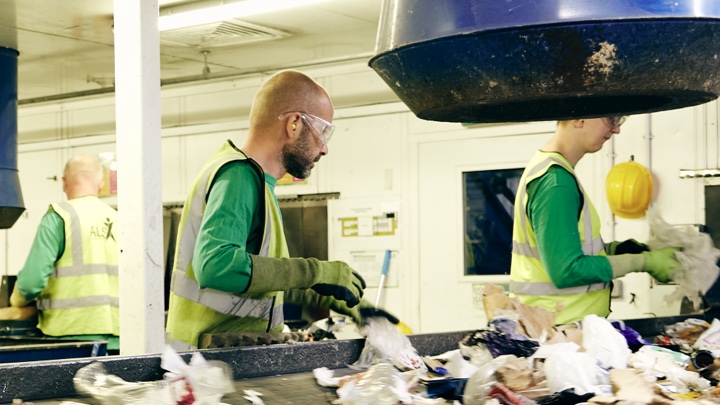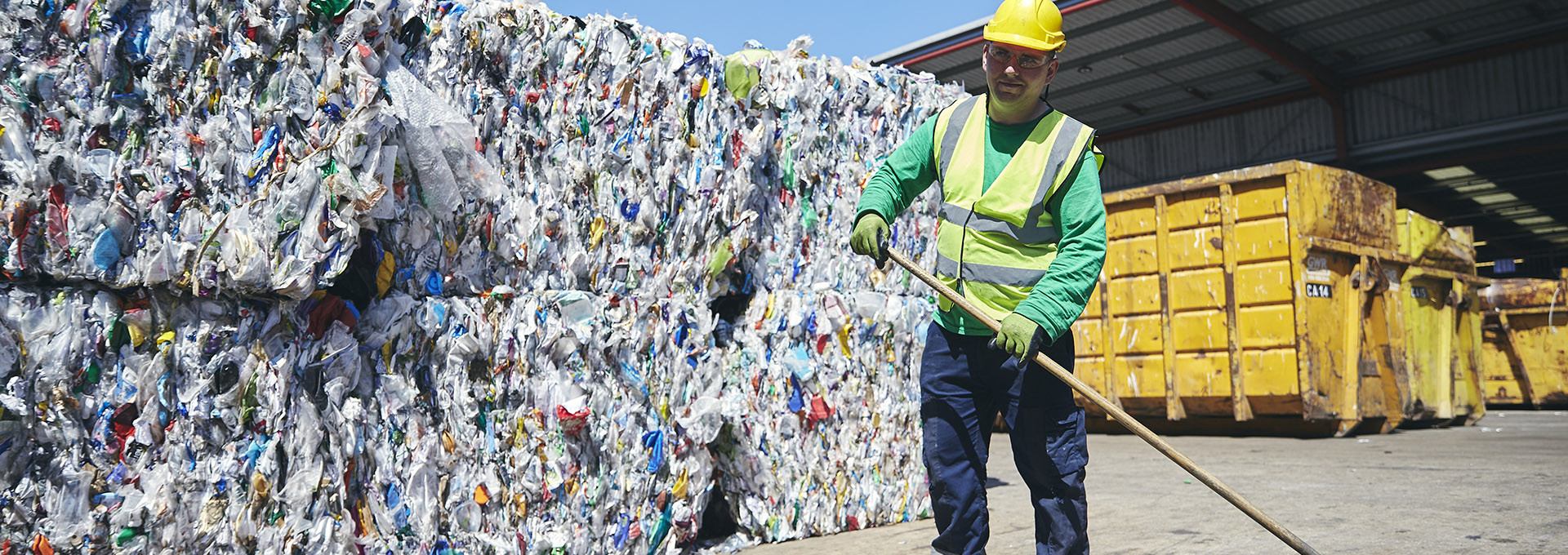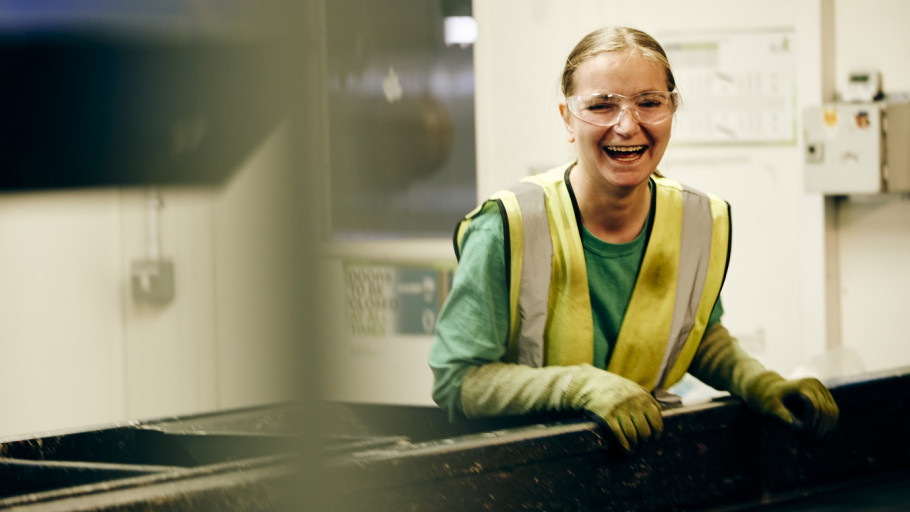In 2023, we launched our revised sustainability strategy which is focused on three key pillars. Further information can be found in our sustainability report below.

Sustainability Report 2022
Download our 2022 Sustainability Report to explore how we're moving to net zero.
The Waste Hierarchy
The Waste Hierarchy ranks waste management options according to what is best for the environment. It prioritises preventing waste in the first place. When waste is created, it gives priority to preparing it for reuse, then recycling, then recovery, and last of all disposal.
There will always be some residual waste that cannot be recycled, remanufactured, or reused. At Cory we work to partner of choice for managing residual waste with the lowest possible environmental impacts.
Stages
Using less material in design and manufacture. Keeping products for longer; re-use. Using less hazardous materials.
Checking, cleaning, repairing, refurbishing, whole items or spare parts.
Turning waste into a new substance or product. Includes composting if it meets quality protocols.
Includes anaerobic digestion, incineration with energy recovery, gasification and pyrolysis which produce energy (fuels, heat and power) and materials from waste; some backfilling.
Landfill and incineration without energy recovery.
Cory supports The Waste Hierarchy through:
- Processing recyclates for recycling markets.
- Diverting waste from landfill (saving c.200kg of carbon dioxide equivalent per tonne of waste diverted).
- Recovering energy from waste to generate electricity.
- Recovering the by-products from the energy from waste process to produce aggregate and construction materials.
We are committed to reducing waste throughout our own operations and the communities we service.

We are proud to provide a vital public service and prevent unnecessary material being buried in landfill or exported abroad for others to deal with.
By focusing on recycling and resource recovery, we keep materials in use for as long as possible and help grow London’s circular economy:

